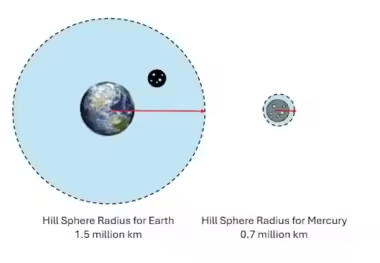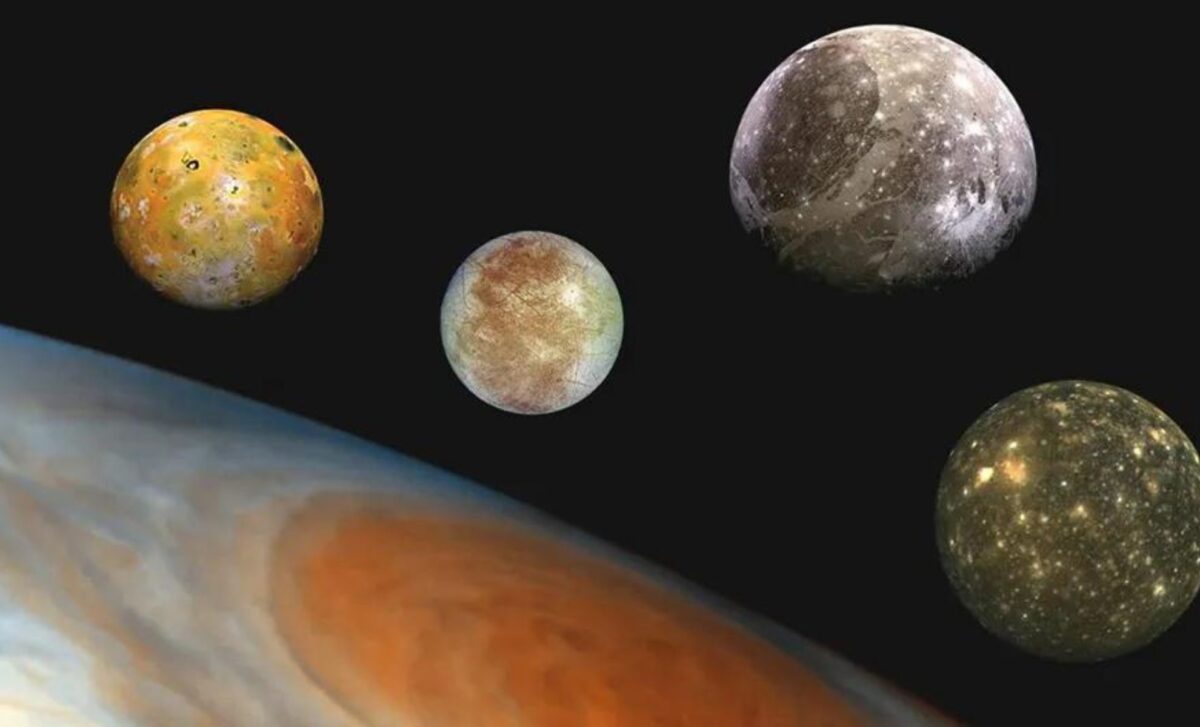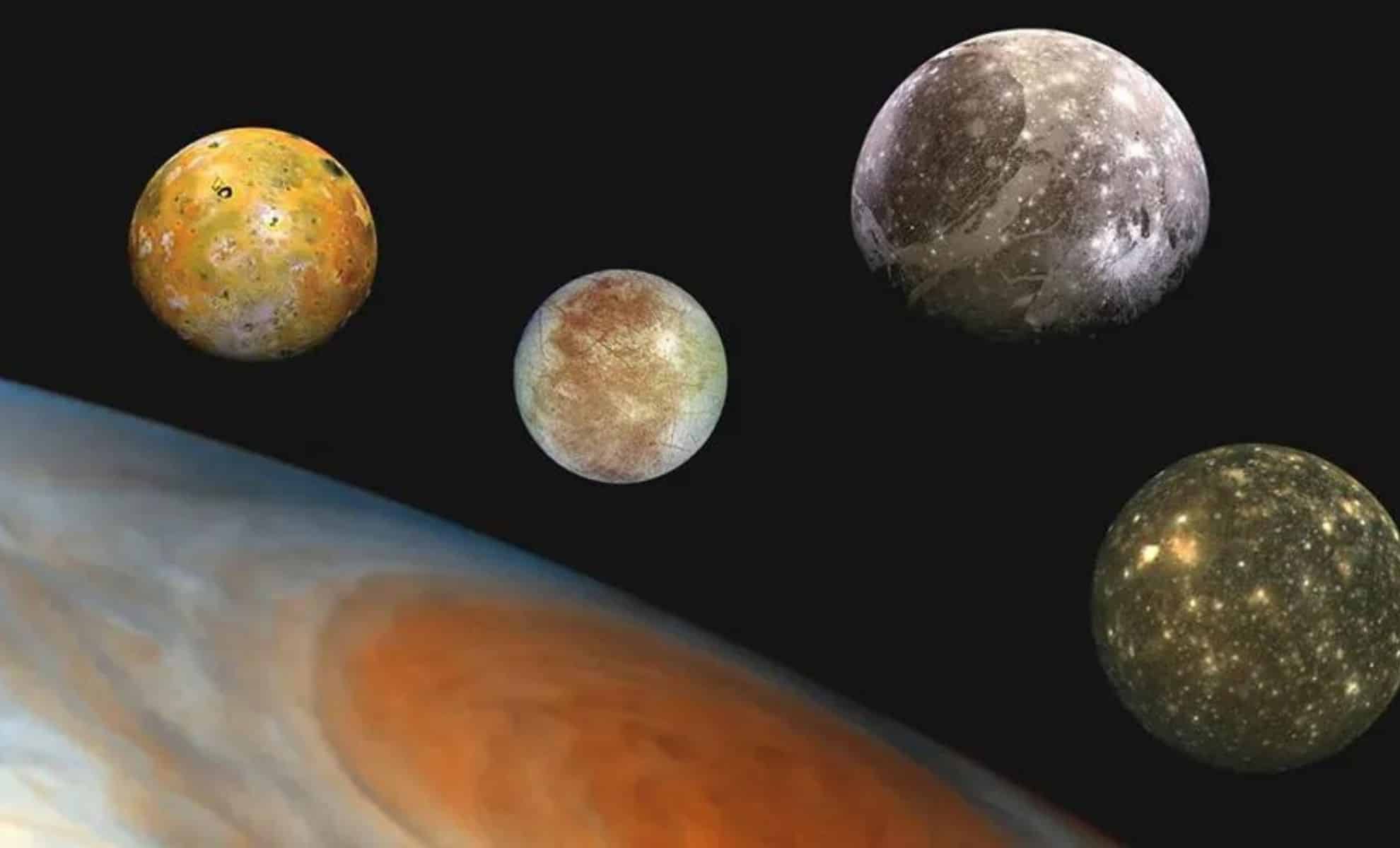The presence of moons, or natural satellites, around planets has fascinated scientists and astronomers for centuries.
While Earth has only one moon, many other planets in our solar system, such as Jupiter and Saturn, have dozens or even hundreds of moons.
Understanding why some planets have multiple moons involves examining the gravitational forces at play and the specific characteristics of these celestial bodies.
The Role of Gravitational Forces
The number of moons a planet can have is largely determined by its gravitational pull, which is influenced by the planet's size and mass. Larger planets with stronger gravitational forces can attract and retain more moons. This gravitational influence is quantified by the Hill sphere, which defines the region around a planet where its gravity is dominant over the gravitational pull of the sun.
For instance, Jupiter, the largest planet in our solar system, has a Hill sphere radius that allows it to maintain a strong gravitational hold on its 95 moons. Saturn surpasses Jupiter in terms of sheer numbers, boasting an impressive 146 moons. In contrast, smaller planets like Mercury and Venus have much smaller Hill spheres.
Their proximity to the sun means that any potential moons would likely be captured by the sun's stronger gravitational pull, preventing these planets from retaining multiple moons.

Distance From the Sun and Planetary Formation
The distance of a planet from the sun also plays a crucial role in the number of moons it can have. Planets that are farther from the sun, such as Saturn, Uranus, and Neptune, are less influenced by the sun's gravitational force, allowing them to capture and retain more moons. These outer planets formed in regions of the solar system where there was an abundance of icy and rocky debris, providing the material needed for moon formation.
The Earth, on the other hand, is relatively close to the sun and has a smaller Hill sphere compared to the gas giants. This limited its ability to capture additional moons. Furthermore, Earth's single moon likely formed from a giant impact event, where a Mars-sized body collided with the early Earth, resulting in debris that coalesced to form the moon.
Dynamics of Moon Formation
Moons can form through several processes, including the coalescence of debris around a planet, the capture of passing celestial objects, or the result of significant impacts. The specific dynamics of these processes depend on the planet's location in the solar system and its gravitational characteristics.
For example, the moons of Jupiter and Saturn are believed to have formed from the primordial disk of gas and dust that surrounded these planets during their formation. This disk provided the material needed for moons to coalesce. Additionally, some of their moons may have been captured asteroids or comets that were pulled into orbit by the planet's gravity.
Implications for Planetary Science
Understanding why some planets have multiple moons not only sheds light on the history and formation of our solar system but also informs our study of exoplanets in other star systems. By studying the gravitational dynamics and moon formation processes around different types of planets, scientists can gain insights into the conditions that lead to the formation of planetary systems.
As we continue to explore our solar system and beyond, the study of moons and their interactions with their parent planets remains a vital area of research. These natural satellites offer clues about the early conditions of planetary formation and the ongoing processes that shape celestial bodies.
In conclusion, the number of moons a planet can have is determined by a combination of gravitational forces, distance from the sun, and the specific dynamics of moon formation. By understanding these factors, scientists can unravel the mysteries of planetary systems and the complex interactions that govern their evolution.




